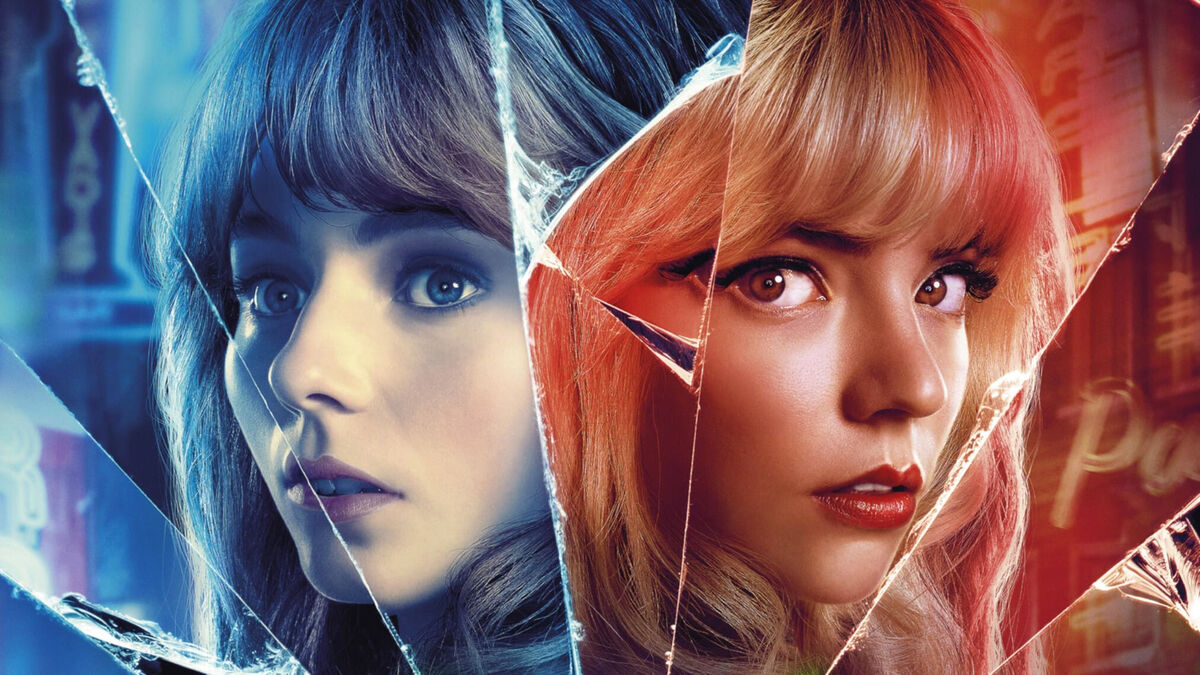As the master of modern filmmaking kineticism, writer-director Edgar Wright’s latest labour of love, Last Night In Soho, was no doubt already riding high on many ardent fans’ ‘most anticipated films’ lists in 2021. Yet, instead of expecting the high-octane action set pieces of Baby Driver and Scott Pilgrim Vs The World, or the signature satirical British wit of Hot Fuzz and Shaun of the Dead, brand new and long-time fans alike may find themselves refreshingly fascinated, flustered and perhaps downright frightened of Wright’s Soho.
Soho opens with Eloise, or Ellie; a small-town girl whose dream of becoming a fashion designer sees her leaving her countryside abode to step foot onto the cobblestoned streets of London to pursue a higher education in her dream career. Naturally, naivety and prudence rank high on her mind as Ellie’s immediately plunged into the bustling big city of explicit brazenness and implicit cruelty, much to her discomfiture.
Some observers may have realised that Soho’s aforementioned premise harkens back to the tonality and themes of 1961’s Breakfast at Tiffany’s starring Audrey Hepburn. The fact that Wright primes the viewers of this insinuated link via the inclusion of the Breakfast at Tiffany’s film poster in Soho’s very first scene is just the tip of the proverbial iceberg of Wright’s brilliant foreshadowing – but not kind of foreshadowing we’d expect.
Just as viewers begin to settle into an expected rudimentary flow of a ‘country girl moves to the big city’ film, Soho organically upends this preconceived notion (which it alone had initially planted in viewers’ minds) by transporting Ellie into technicoloured vignettes of the classic 1960s London night life during her dreams. Grandiosity is lavished upon every iota of the screen, mirroring painstakingly detailed cabarets and stage musicals.
Speaking of mirrors, in these dreamscapes, Ellie’s corporeality is reduced to a mirror reflection that follows a strikingly spirited persona whom the dream is centered on, an aspiring actress named Sandie. Sandie’s gusto and grit begins rubbing off on Ellie’s reality. Ellie begins transforming herself into a bolder individual while also infusing inspirations from her illusory muse into her fashion project in class.
This dual, or mirror, personality as well as these dreamscape sequences are meant to be the smoking guns alluding to film’s “actual” genre – psychological drama. This may lead viewers to believe that they have now finally discovered the underlying theme of Soho. Once again, this was also pre-planned by Wright’s foresight as he had implanted swinging sixties songs as Ellie’s favourite music in the film’s opening scene, slyly suggesting to viewers that Sandie is no more than a conjured up repose to Ellie’s burgeoning solitude in London.
Soho’s genre evolutions throughout its runtime might be exasperating on paper, yet they smoothly unfold on screen thanks to Wright’s deft writing which imbues natural connective tendrils that facilitate the progression of one genre to the next.
Yet, this genre twist only plants the seeds for the film’s final trick up its sleeves. Soho dares to further subvert the preceding genres it has carefully layered on top one another by ultimately revealing its true nature – horror. Not psychological horror, as the film tricked viewers into thinking, but actual supernatural horror. I’ll stop short of any real spoilers.
Soho’s genre evolutions throughout its runtime might be exasperating on paper, yet they smoothly unfold on screen thanks to Wright’s deft writing which imbues natural connective tendrils that facilitate the progression of one genre to the next. In fact, by the film’s end, Wright adequately wraps up the narrative arcs introduced in all three genres, with lessons and truths to take away from each of them.
TLDR, Soho is the ‘Inception’ of genre subversion.


